Home>Storage & Organization>Decluttering Tips & Tricks>How Do You Declutter Your House
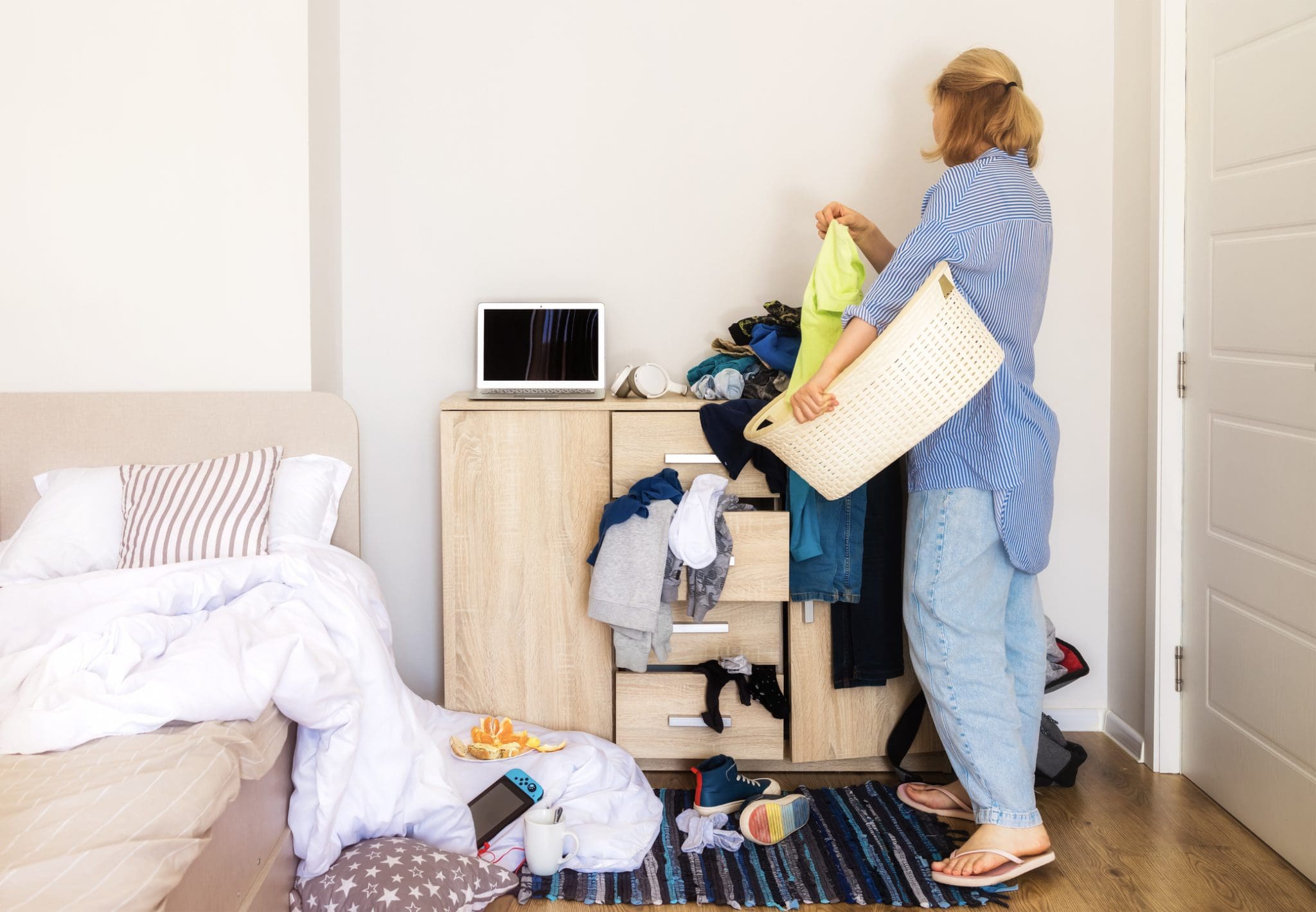

Decluttering Tips & Tricks
How Do You Declutter Your House
Modified: January 6, 2024
Learn effective decluttering tips and tricks to transform your house into a tidy and organized space. Discover practical solutions for decluttering your home today!
(Many of the links in this article redirect to a specific reviewed product. Your purchase of these products through affiliate links helps to generate commission for Storables.com, at no extra cost. Learn more)
Introduction
Welcome to the ultimate guide on decluttering your house! If you’ve ever felt overwhelmed by the sheer amount of stuff in your home, you’re not alone. Clutter can cause stress, anxiety, and even affect your productivity. However, fear not! With the right strategies and a bit of determination, you can transform your living space into a clutter-free oasis.
In this comprehensive guide, we’ll explore the step-by-step process of decluttering, from assessing the situation to maintaining a tidy home. Whether you’re tackling a single room or your entire house, these tips and tricks will help you reclaim your space and create a more peaceful environment.
So, roll up your sleeves, put on your favorite music, and let’s dive into the wonderful world of decluttering!
Key Takeaways:
- Decluttering your home involves assessing, setting goals, sorting, making decisions, and organizing. It’s a transformative process that fosters tranquility, functionality, and mindful living.
- By integrating daily routines, mindful consumption, and minimalist principles, you can maintain a clutter-free home and enjoy a peaceful, balanced living environment.
Assessing the Situation
Before diving headfirst into decluttering, it’s essential to take a step back and assess the current state of your living space. This initial evaluation will provide valuable insights into the scope of the decluttering process and help you devise a plan of action.
Start by taking a comprehensive tour of your home, room by room. Observe the areas that are most cluttered and identify the primary sources of disorganization. Is your kitchen overrun with unused gadgets? Are your closets bursting at the seams with clothes you no longer wear? By pinpointing the trouble spots, you can prioritize areas that require immediate attention.
As you assess each room, ask yourself the following questions:
- What is the primary function of this space? Understanding the intended purpose of each room will guide your decluttering efforts. For example, a bedroom should promote relaxation and rest, while a home office should facilitate productivity.
- What items are essential for this space to fulfill its purpose? Take note of the items that directly contribute to the functionality and comfort of the room. These are the belongings you’ll want to keep front and center.
- What items seem out of place or underutilized? Clutter often accumulates when items don’t align with the room’s purpose or remain unused for extended periods. Identifying these items will help you determine what can be removed or relocated.
- How does the clutter impact your daily life? Reflect on the emotional and practical effects of clutter in each space. Are you frequently stressed when entering a cluttered room? Do you struggle to find essential items amidst the chaos?
By thoroughly evaluating your living space and asking these critical questions, you’ll gain a deeper understanding of the decluttering challenges ahead. This assessment phase sets the stage for the next crucial step: setting clear decluttering goals.
Setting Clear Goals
With a comprehensive assessment of your living space under your belt, it’s time to establish clear and achievable decluttering goals. Setting specific objectives will provide direction and motivation as you embark on this transformative journey.
When formulating your decluttering goals, consider the following tips:
- Be Specific: Rather than setting a broad goal like “declutter the living room,” break it down into specific tasks such as “clear out the bookshelf” or “organize the entertainment center.”
- Prioritize Areas: Identify the most cluttered or disruptive areas in your home and prioritize them in your decluttering plan. Tackling the most challenging spaces first can yield immediate benefits and keep you motivated.
- Set Realistic Deadlines: Establish a realistic timeline for achieving each goal. Whether it’s decluttering a single room over a weekend or gradually working through your entire home over several weeks, setting deadlines will help you stay on track.
- Consider Your Lifestyle: Tailor your goals to align with your lifestyle and schedule. If you have limited time to dedicate to decluttering each week, adjust your goals accordingly to avoid feeling overwhelmed.
Additionally, it’s crucial to define the desired outcomes of your decluttering efforts. Consider the following potential objectives:
- Create a Calming Environment: Perhaps your primary goal is to cultivate a serene and peaceful living space that promotes relaxation and well-being.
- Enhance Functionality: You might aim to optimize the functionality of each room by removing unnecessary items and organizing belongings for easy access.
- Maximize Space: If your home feels cramped and cluttered, your goal may involve maximizing available space and creating a more open and spacious atmosphere.
- Cultivate a Personalized Aesthetic: Your goal could revolve around curating a visually appealing and personalized environment that reflects your unique style and preferences.
By setting clear and personalized decluttering goals, you’ll lay the groundwork for a focused and effective decluttering journey. With your objectives in sight, it’s time to roll up your sleeves and start sorting and categorizing your belongings.
Sorting and Categorizing
As you embark on your decluttering journey, sorting and categorizing your belongings will be a pivotal step in regaining control over your living space. This process not only facilitates the identification of essential items but also streamlines the decision-making process as you determine what to keep, donate, or discard.
Here’s how to approach the sorting and categorizing phase:
- Set Up Designated Sorting Areas: Designate specific areas in your home, such as a large table or an empty room, as sorting zones. These areas will serve as your workspace for categorizing items and making decisions about their fate.
- Establish Clear Categories: Create distinct categories for your belongings, such as “keep,” “donate/sell,” “discard,” and “undecided.” You can further refine these categories based on item types, such as clothing, books, kitchenware, and sentimental items.
- Begin with a Single Category: To prevent feeling overwhelmed, start with a single category of items, such as clothing or books. Working through one category at a time allows for focused decision-making and prevents chaos from spreading throughout your home.
- Use the Three-Box Method: Employ the popular three-box method, designating one box for items to keep, another for donations or selling, and a third for items to discard. As you handle each item, place it in the corresponding box based on your decision.
- Consider Item Utility and Sentimental Value: When sorting through your belongings, consider both their practical utility and sentimental value. Assess whether an item serves a purpose in your daily life and whether it holds significant sentimental value.
While sorting and categorizing, it’s natural to encounter items that trigger indecision or emotional attachment. To navigate these challenges, consider the following strategies:
- Set Clear Criteria: Establish clear criteria for keeping an item, such as frequency of use, practicality, or emotional significance. If an item doesn’t meet these criteria, consider parting ways with it.
- Address Sentimental Items Thoughtfully: When dealing with sentimental items, take the time to reminisce and appreciate their significance. If an item no longer aligns with your life or brings you joy, consider capturing its memory through photographs before letting it go.
- Seek a Second Opinion: If you’re struggling to make decisions about certain items, consider seeking a trusted friend or family member’s perspective. An outside viewpoint can provide valuable clarity.
By diligently sorting and categorizing your belongings, you’ll lay the groundwork for making informed decisions about what to keep, donate, or discard. With this critical phase complete, you’ll be ready to tackle the next step: making decisions about each item’s fate.
Start by tackling one room at a time. Sort items into keep, donate, and discard piles. Use storage solutions like bins and shelves to organize what you want to keep. Regularly declutter to maintain a tidy home.
Making Decisions
As you navigate the decluttering process, making decisions about the fate of each item is a pivotal and, at times, challenging step. Whether you’re determining which items to keep, donate, sell, or discard, thoughtful decision-making will pave the way for a more organized and harmonious living space.
Here are essential strategies for making informed decisions during the decluttering process:
- Assess Item Utility: When evaluating an item, consider its practical utility in your daily life. Ask yourself whether you currently use or anticipate using the item in the near future. If an item serves a clear and valuable purpose, it may warrant a place in your keep pile.
- Evaluate Emotional Attachment: Emotional attachment to belongings can significantly impact decision-making. While sentimentality is valid, it’s essential to strike a balance between preserving meaningful items and preventing excessive clutter. Consider the emotional value of each item and its role in your life moving forward.
- Consider Storage Space: Assess the available storage space in your home and prioritize items that align with your available storage capacity. If an item lacks a designated storage space or contributes to overcrowding, consider parting ways with it.
- Reflect on Lifestyle Changes: Life transitions and changes in lifestyle may render certain items obsolete. Reflect on whether your current lifestyle aligns with the use and relevance of specific belongings. If an item no longer complements your lifestyle, it may be time to bid it farewell.
- Address Multiples and Duplicates: Items that serve identical purposes or functionalities, such as duplicate kitchen gadgets or similar clothing items, can contribute to unnecessary clutter. Assess whether you truly need multiples of the same item and consider retaining only the most essential ones.
During the decision-making process, it’s natural to encounter items that evoke uncertainty or emotional complexity. To navigate these challenges, consider the following approaches:
- Embrace the KonMari Method: Drawing inspiration from Marie Kondo’s renowned KonMari method, consider whether each item sparks joy in your life. If an item elicits genuine joy and aligns with your present and future self, it may be worth keeping.
- Practice the One-Year Rule: If you’re hesitant about parting ways with certain items, consider the one-year rule. If an item hasn’t been used or appreciated in the past year, it may be time to bid it farewell, freeing up space for items that truly enhance your life.
- Document Sentimental Items: For sentimental items that pose storage challenges, consider documenting their significance through photographs or creating a memory box. By preserving the memories associated with these items, you can declutter while still cherishing their sentimental value.
By employing these decision-making strategies and embracing thoughtful reflection, you’ll navigate the decluttering process with clarity and purpose. With your decisions made, it’s time to organize and store your cherished belongings in a manner that promotes harmony and functionality within your home.
Read more: How To Declutter Your House Fast
Organizing and Storing
With decisions made about which items to keep, donate, or discard, the next crucial step in the decluttering process is organizing and storing your cherished belongings. Effective organization not only enhances the visual appeal of your living space but also fosters a sense of order and tranquility.
Here’s how to approach the organizing and storing phase:
- Maximize Storage Solutions: Evaluate your storage options, including closets, shelves, cabinets, and storage containers. Invest in storage solutions such as bins, baskets, and drawer dividers to optimize available space and maintain a clutter-free environment.
- Implement the “Like with Like” Principle: Group similar items together to streamline organization and facilitate easy access. Whether it’s grouping kitchen utensils, organizing clothing by category, or arranging books by genre, the “like with like” approach promotes efficient storage.
- Utilize Vertical Space: Make the most of vertical space by installing shelving units or utilizing wall-mounted organizers. Vertical storage solutions not only maximize space but also add visual interest to your living areas.
- Label and Categorize: Employ labels or clear storage containers to categorize and identify items with ease. Clearly labeled containers and shelves simplify the process of locating specific items and maintaining an organized home.
- Create Functional Zones: Designate specific areas or zones for different activities or item categories. Whether it’s a designated workspace, a reading nook, or a hobby corner, creating functional zones promotes organization and purpose within your home.
As you organize and store your belongings, consider the following additional tips to maintain a clutter-free and harmonious environment:
- Adopt a “One In, One Out” Rule: To prevent future clutter accumulation, consider implementing a “one in, one out” rule. For every new item you bring into your home, consider parting ways with an existing item to maintain a balanced and clutter-free environment.
- Regular Maintenance and Review: Schedule regular maintenance sessions to assess the organization of your living space. Periodically review your belongings and storage solutions to ensure they align with your current needs and lifestyle.
- Embrace Minimalism: Embracing minimalist principles can guide your organizational efforts. Strive to maintain a curated and purposeful collection of belongings, prioritizing quality over quantity.
By implementing these organizational strategies and embracing mindful storage solutions, you’ll create a living environment that promotes tranquility, functionality, and visual harmony. With your home meticulously organized, the final step in the decluttering journey involves maintaining a clutter-free and balanced living space.
Maintaining a Clutter-Free Home
Once you’ve decluttered and organized your living space, maintaining a clutter-free home becomes an ongoing commitment to preserving the harmony and functionality you’ve cultivated. By integrating simple habits and mindful practices into your daily routine, you can ensure that your home remains a peaceful and organized sanctuary.
Consider the following strategies for maintaining a clutter-free home:
- Establish Daily Routines: Dedicate a few minutes each day to tidying up and returning items to their designated places. Simple tasks such as making the bed, clearing countertops, and hanging up clothes can prevent clutter from accumulating.
- Practice Mindful Consumption: Adopt a mindful approach to purchasing new items. Before acquiring a new possession, consider its necessity and the value it adds to your life. Mindful consumption prevents unnecessary clutter and promotes intentional living.
- Regular Decluttering Sessions: Schedule periodic decluttering sessions to reassess your belongings and address any potential clutter hotspots. These sessions provide an opportunity to maintain a streamlined living environment and prevent clutter from reemerging.
- Embrace the “One-Minute Rule”: Adhere to the “one-minute rule,” which involves addressing simple tasks immediately rather than postponing them. Whether it’s hanging up a coat, putting away dishes, or discarding junk mail, these quick actions prevent small messes from escalating into clutter.
- Limit Paper Clutter: Implement a system for managing paper clutter, such as sorting mail upon arrival, digitizing important documents, and promptly discarding unnecessary paperwork. By managing paper clutter effectively, you can maintain a tidy and organized home environment.
Furthermore, integrating minimalist principles into your lifestyle can contribute to the long-term maintenance of a clutter-free home. Embracing the following minimalist practices can help sustain a balanced and harmonious living space:
- Cultivate Intentional Spaces: Curate intentional spaces within your home by prioritizing items that hold genuine value and purpose. Intentional spaces promote visual harmony and prevent clutter from encroaching on your living areas.
- Regular Reflection and Evaluation: Reflect on your possessions and living environment regularly. Assess whether each item continues to align with your lifestyle and brings value to your home. Regular evaluation prevents unnecessary accumulation and promotes mindful curation of belongings.
- Embrace Quality Over Quantity: Prioritize quality and functionality when acquiring new possessions. By focusing on quality over quantity, you can maintain a curated collection of items that enhance your living space without overwhelming it with unnecessary clutter.
By integrating these mindful practices and minimalist principles into your daily life, you’ll foster a lasting environment of tranquility, balance, and visual harmony within your home. With a commitment to maintaining a clutter-free living space, you can enjoy the benefits of an organized and peaceful sanctuary for years to come.
Conclusion
Congratulations on embarking on the transformative journey of decluttering your home! By following the comprehensive steps outlined in this guide, you’ve taken significant strides toward creating a harmonious and organized living environment. Decluttering is not merely about tidying up; it’s a powerful process that fosters tranquility, enhances functionality, and promotes mindful living.
Throughout this guide, you’ve learned the importance of assessing your living space, setting clear decluttering goals, sorting and categorizing your belongings, making informed decisions, and organizing and storing your cherished items. By embracing these strategies, you’ve reclaimed control over your living environment and created a space that reflects your values and promotes peace of mind.
As you continue your decluttering journey, remember that maintaining a clutter-free home is an ongoing commitment. By integrating daily routines, practicing mindful consumption, and periodically reassessing your belongings, you can preserve the tranquility and balance you’ve worked so diligently to achieve.
Embracing minimalist principles and cultivating intentional spaces within your home will further contribute to a lasting environment of visual harmony and purposeful living. By prioritizing quality over quantity and regularly evaluating your possessions, you’ll curate a collection of items that enhance your living space without overwhelming it with unnecessary clutter.
With these strategies in mind, you’re well-equipped to enjoy the benefits of a clutter-free and harmonious living environment for years to come. Embrace the journey of decluttering as a transformative and empowering process—one that not only enhances your physical surroundings but also nurtures a sense of peace, balance, and intentionality in your daily life.
Here’s to a future filled with tranquility, purpose, and the joy of living in a clutter-free sanctuary that truly reflects your values and aspirations.
Frequently Asked Questions about How Do You Declutter Your House
Was this page helpful?
At Storables.com, we guarantee accurate and reliable information. Our content, validated by Expert Board Contributors, is crafted following stringent Editorial Policies. We're committed to providing you with well-researched, expert-backed insights for all your informational needs.

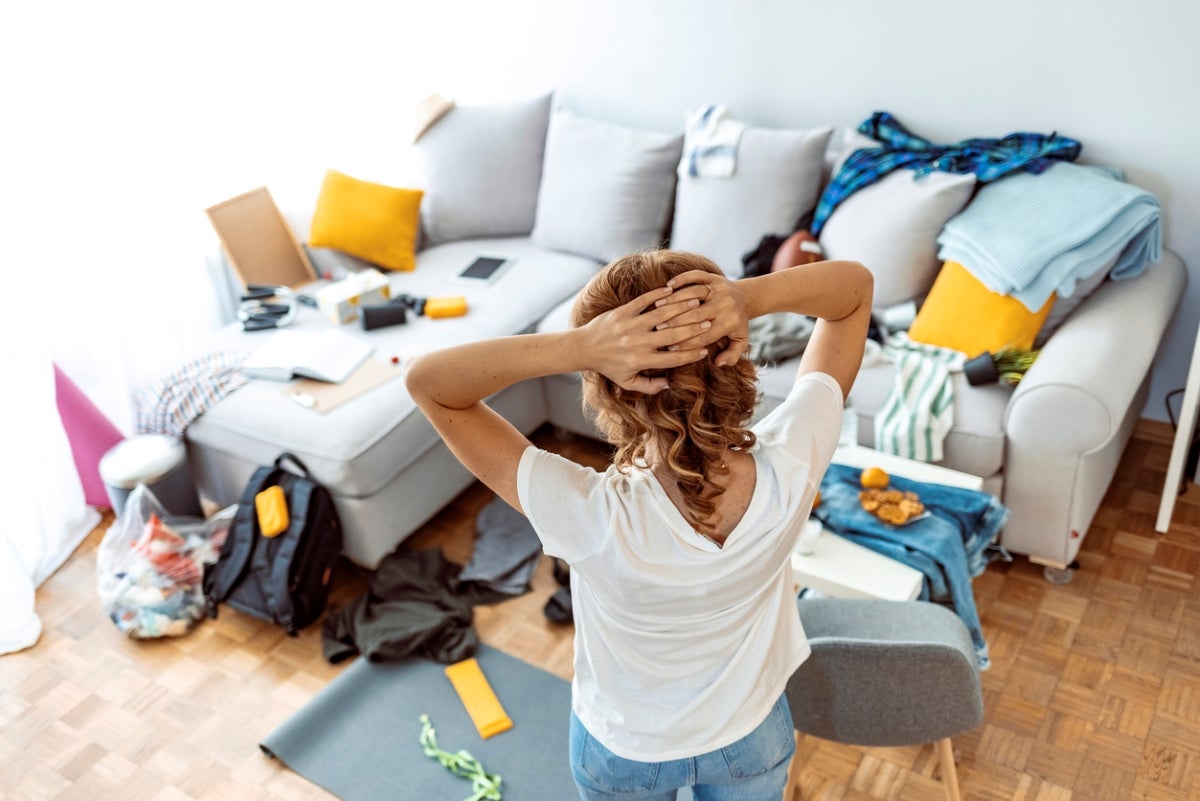
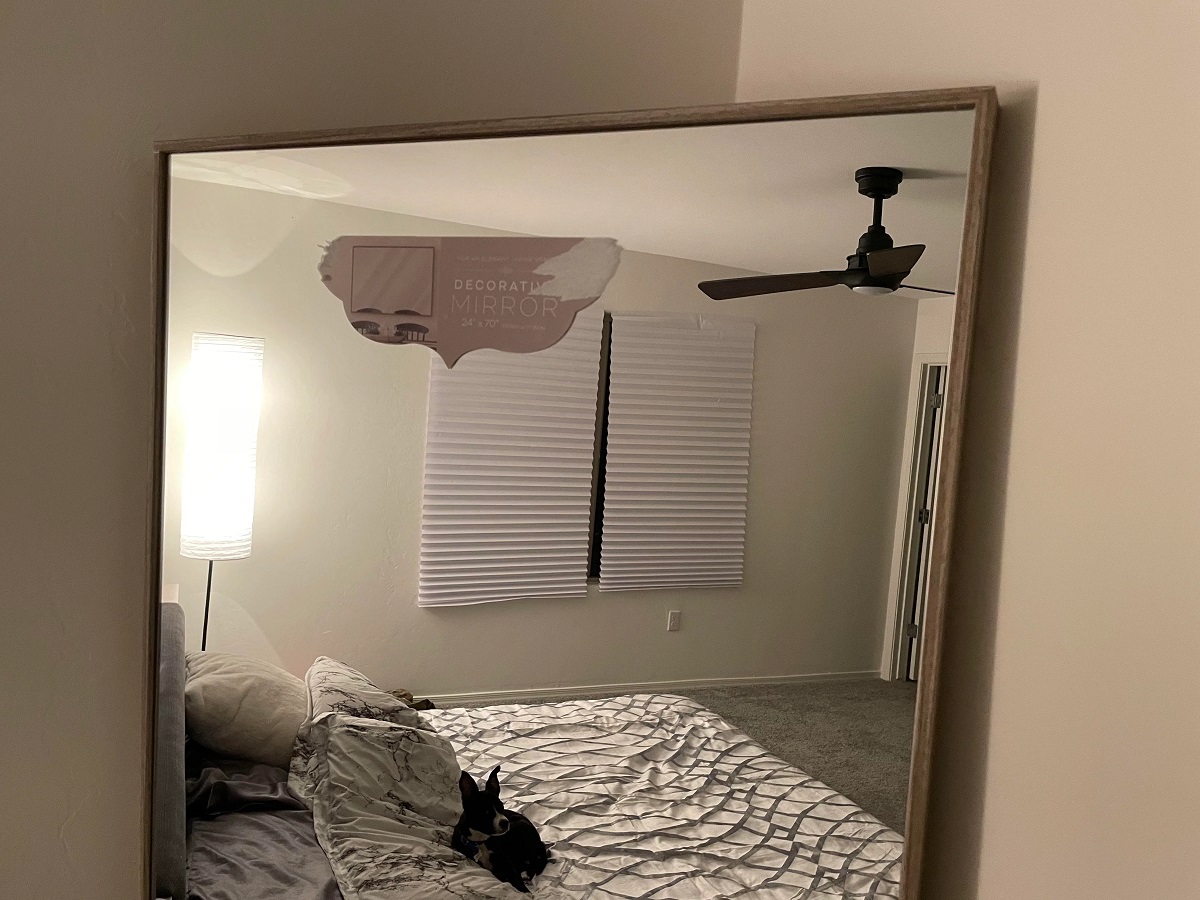

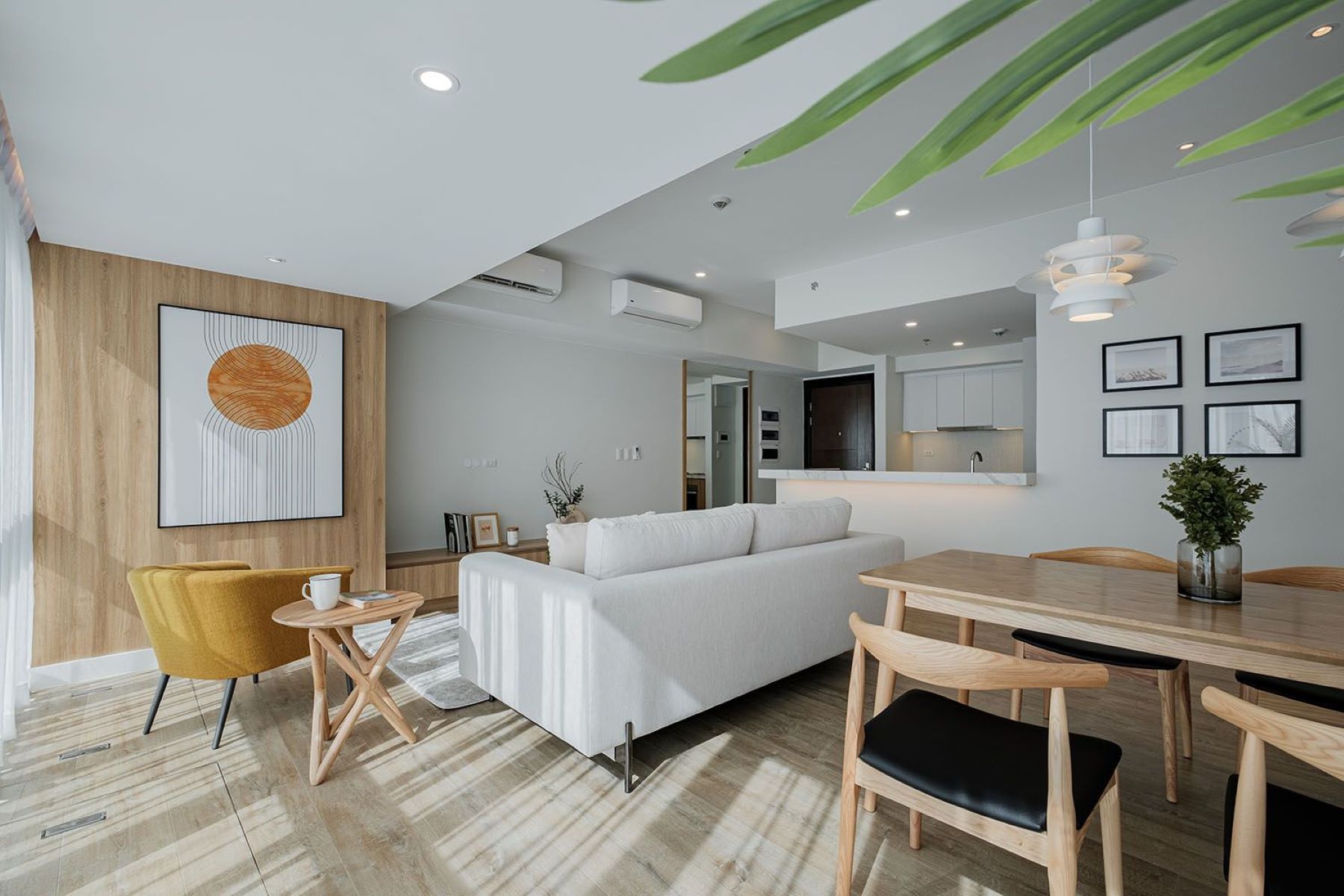
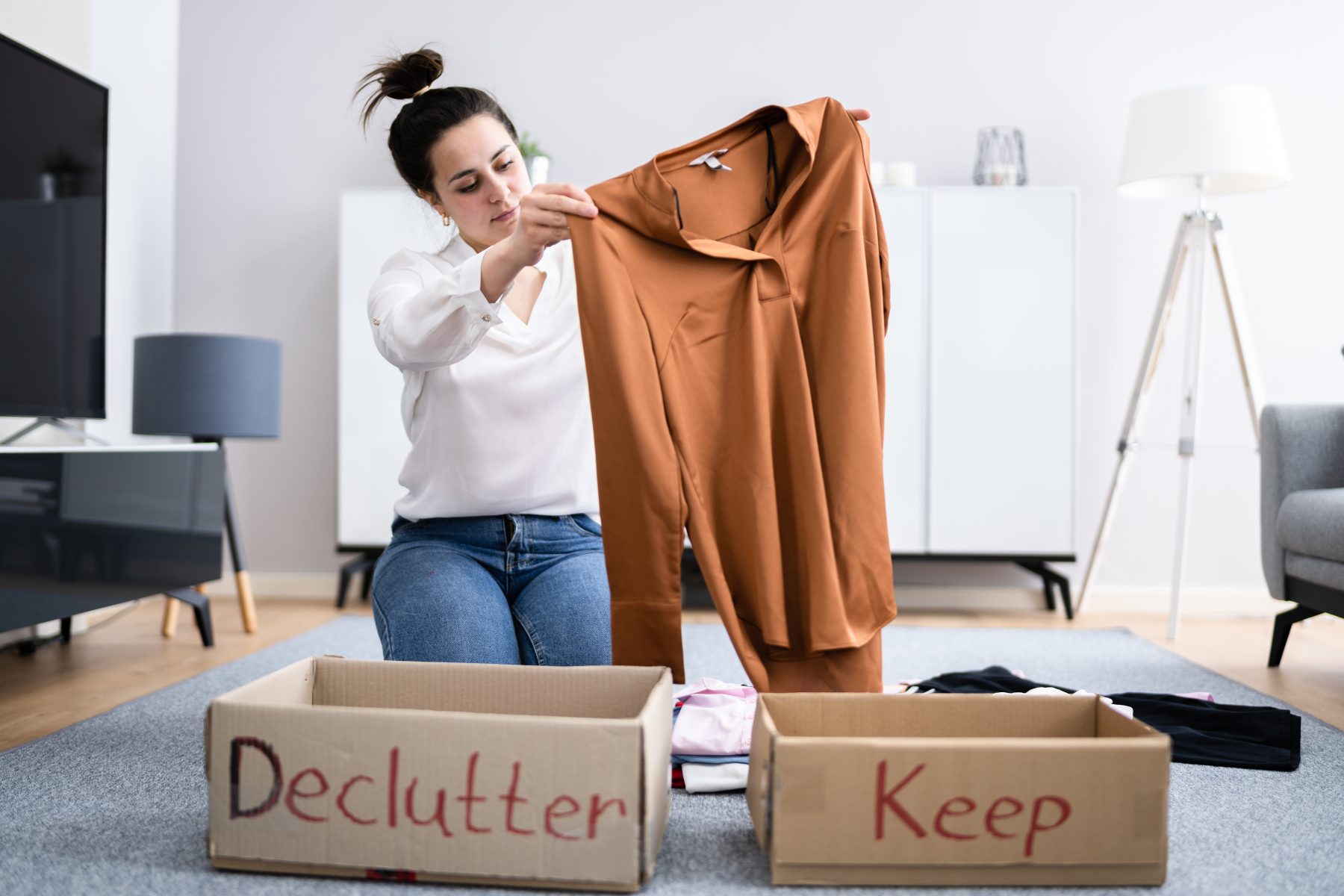
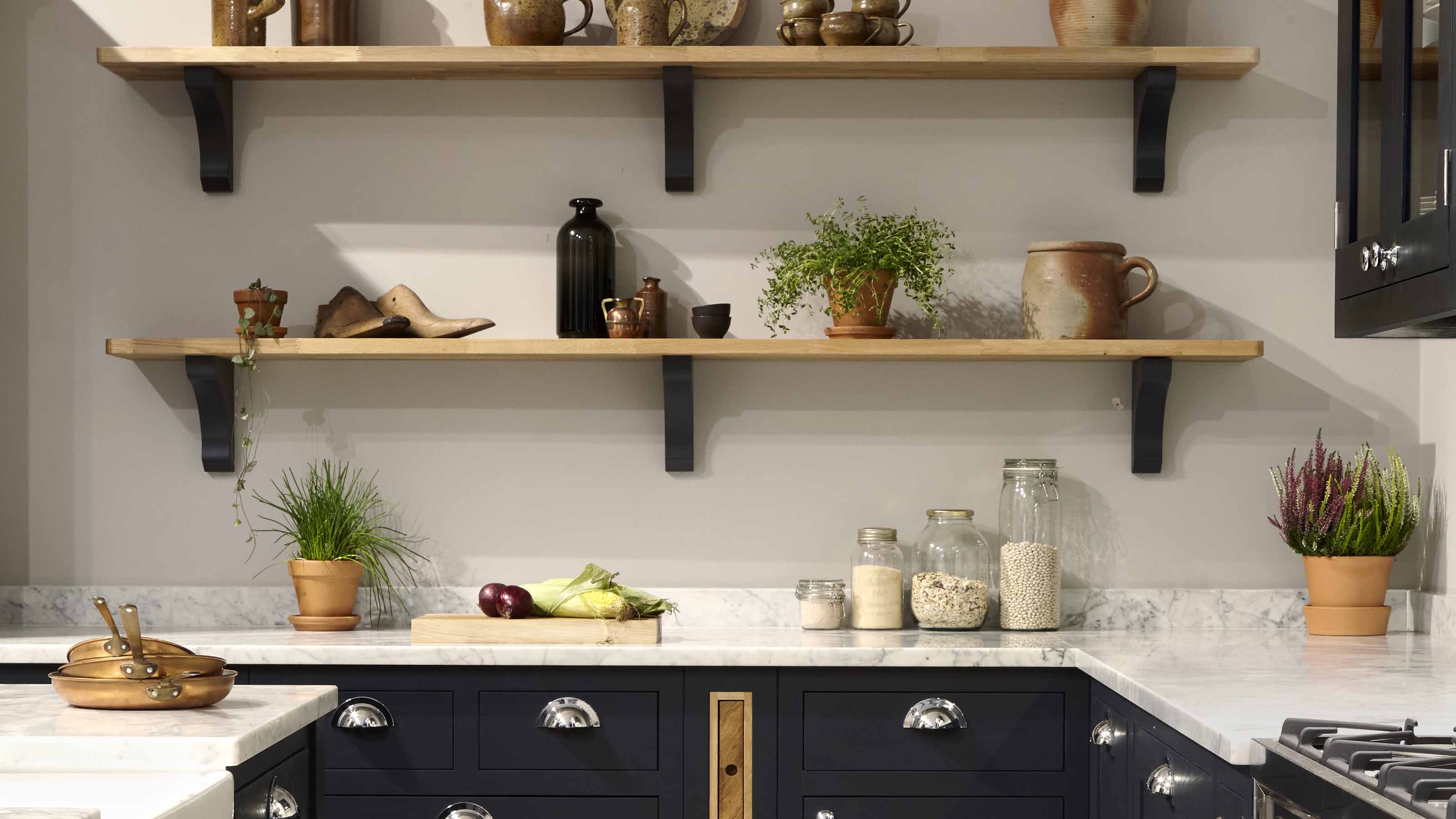
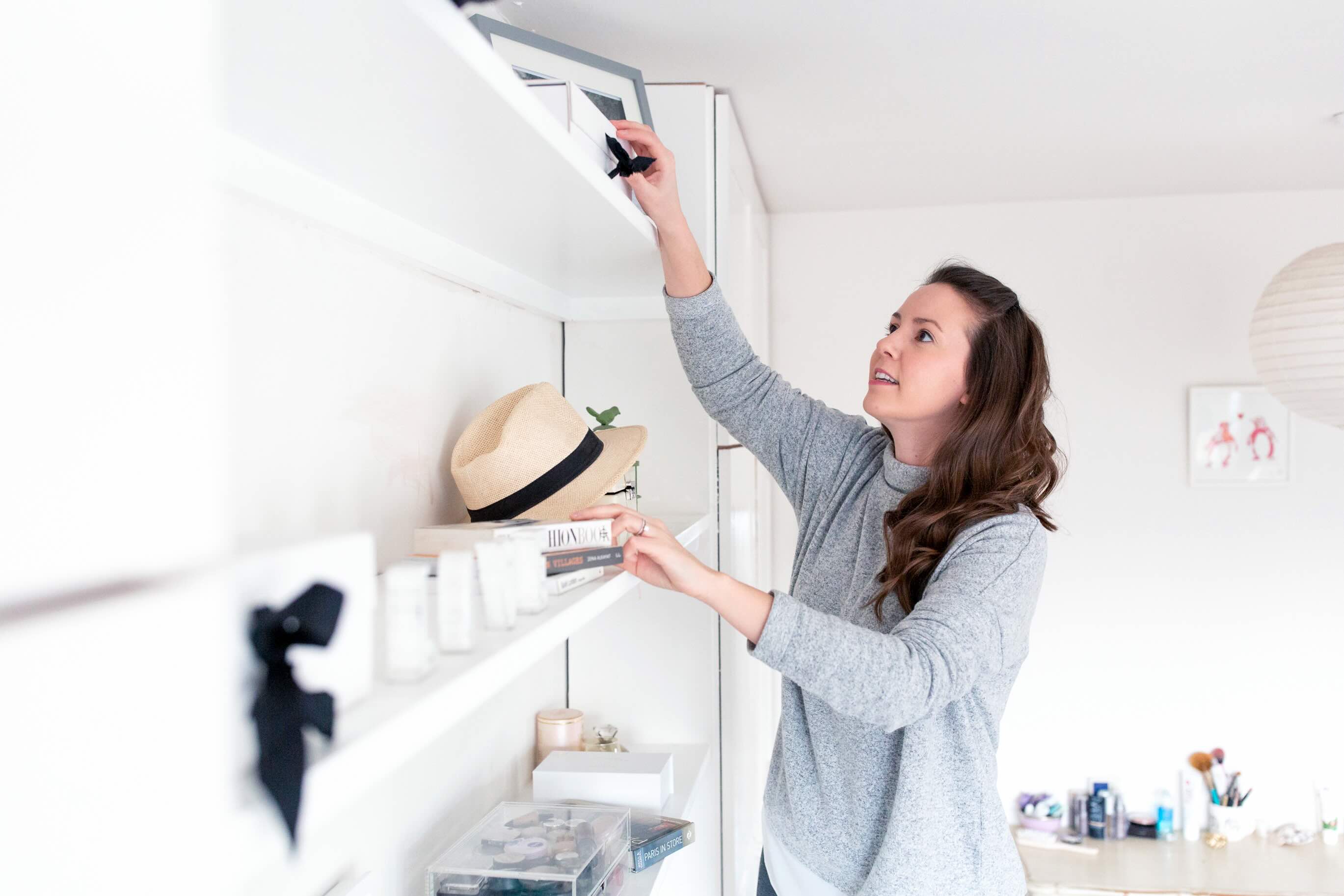
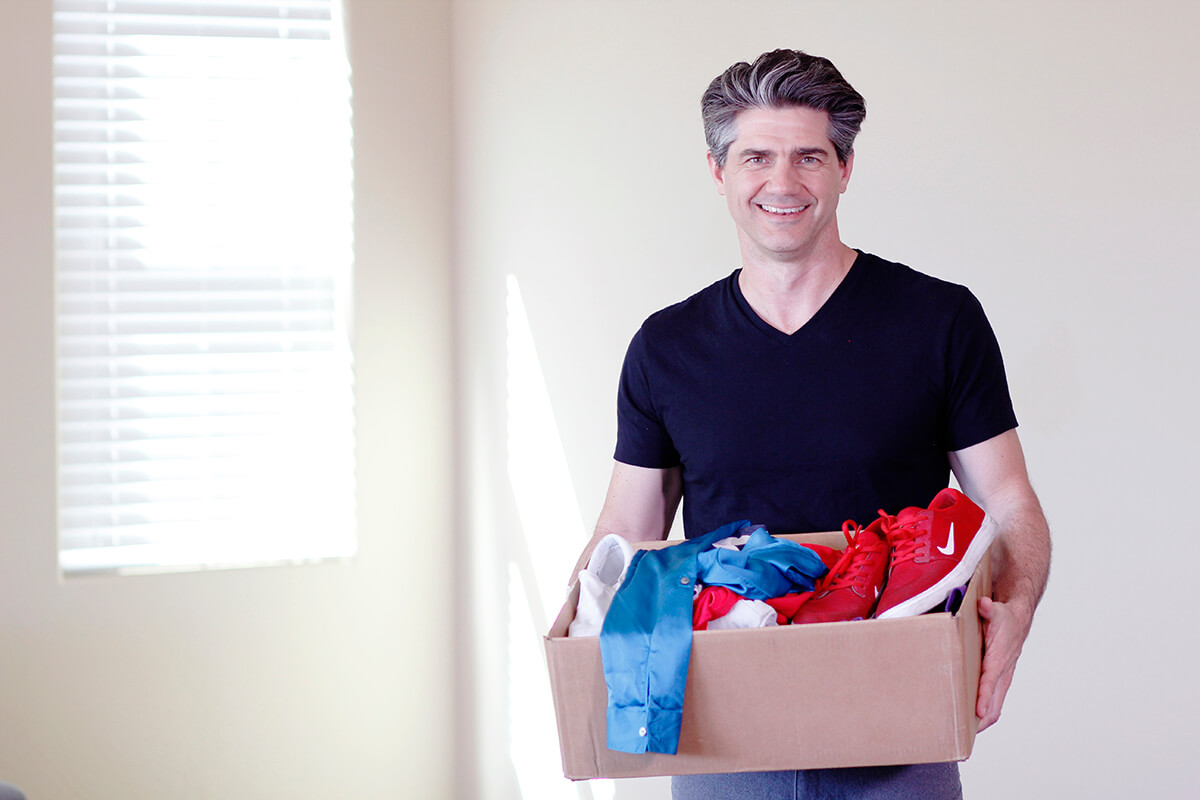
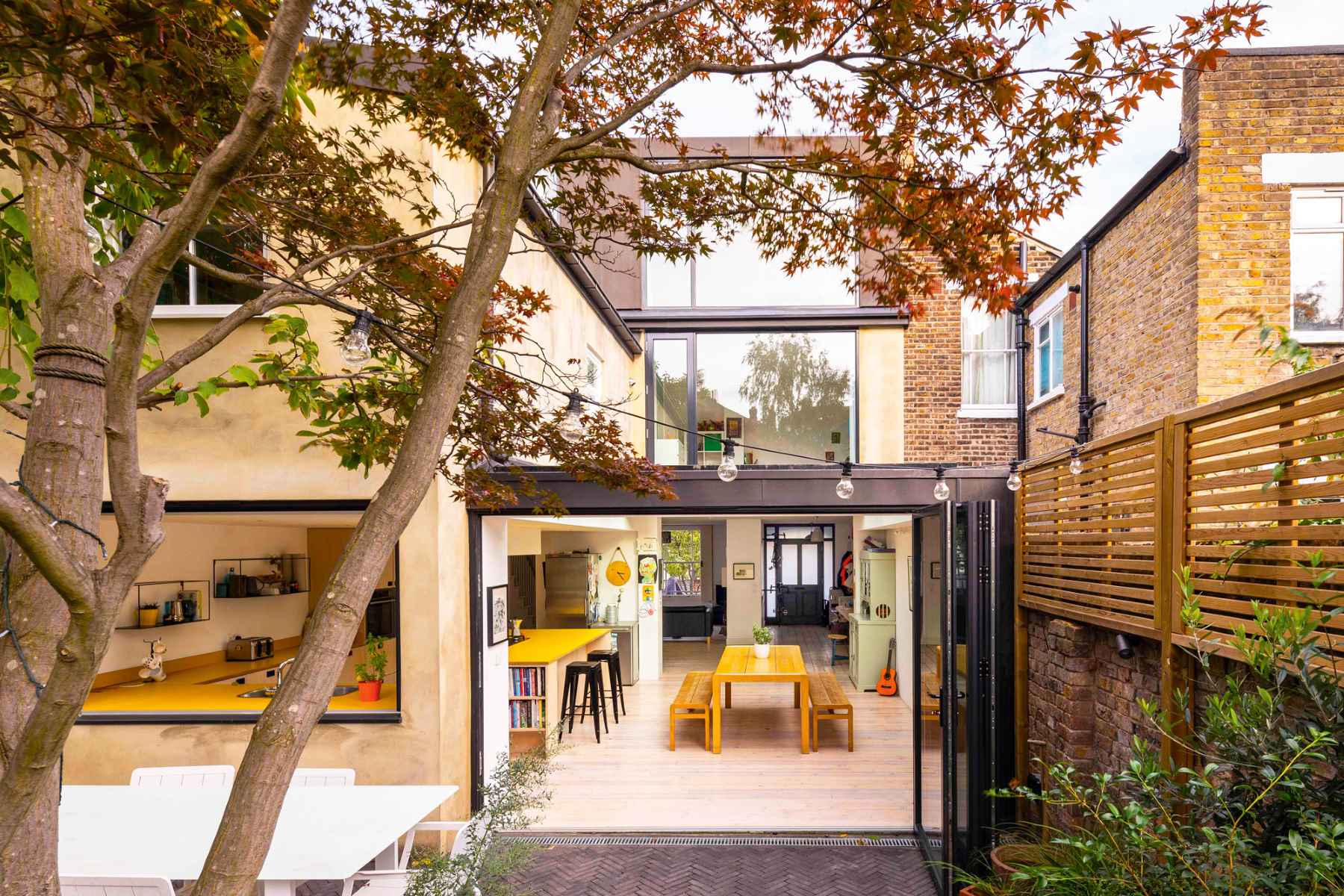
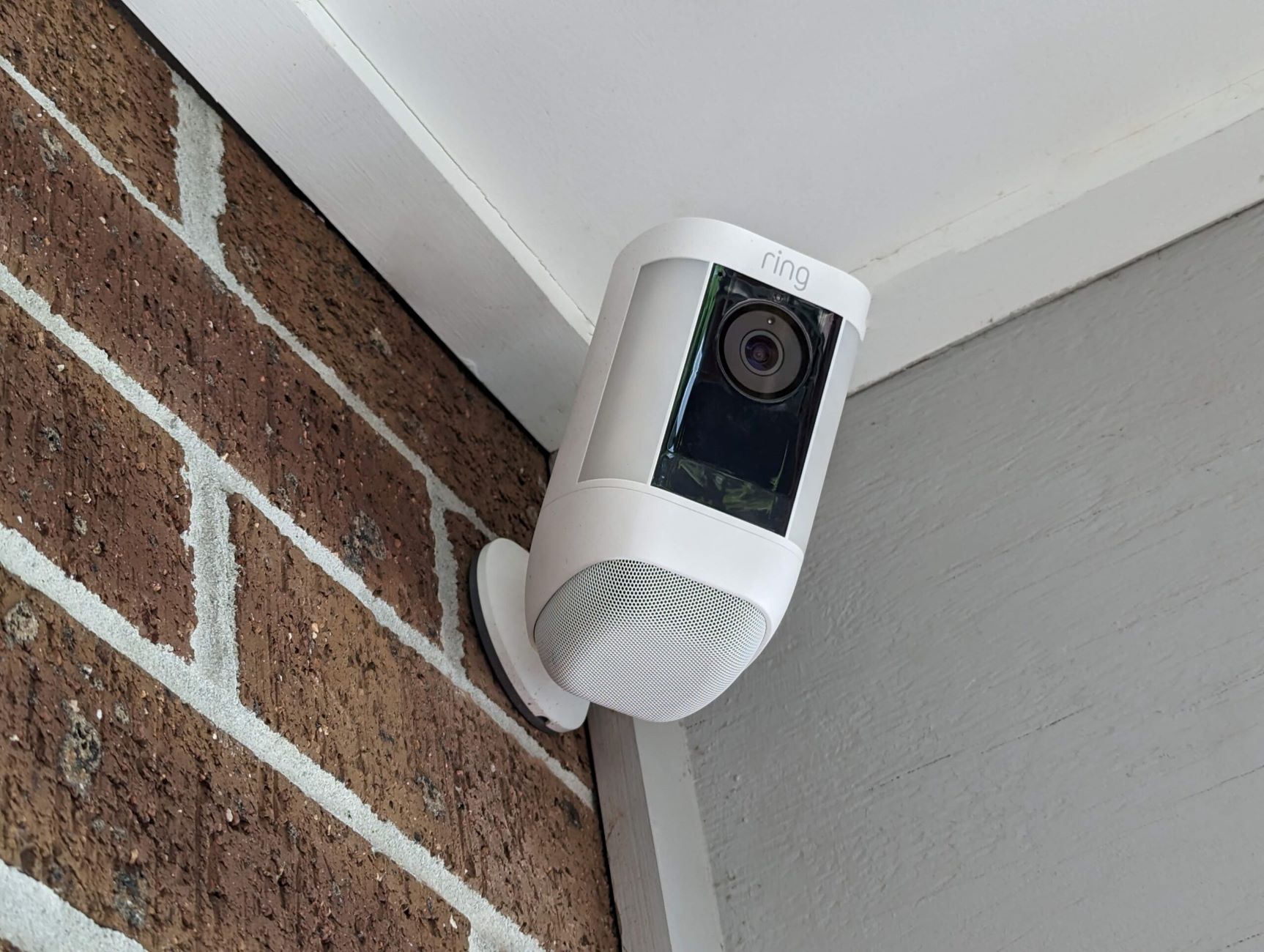

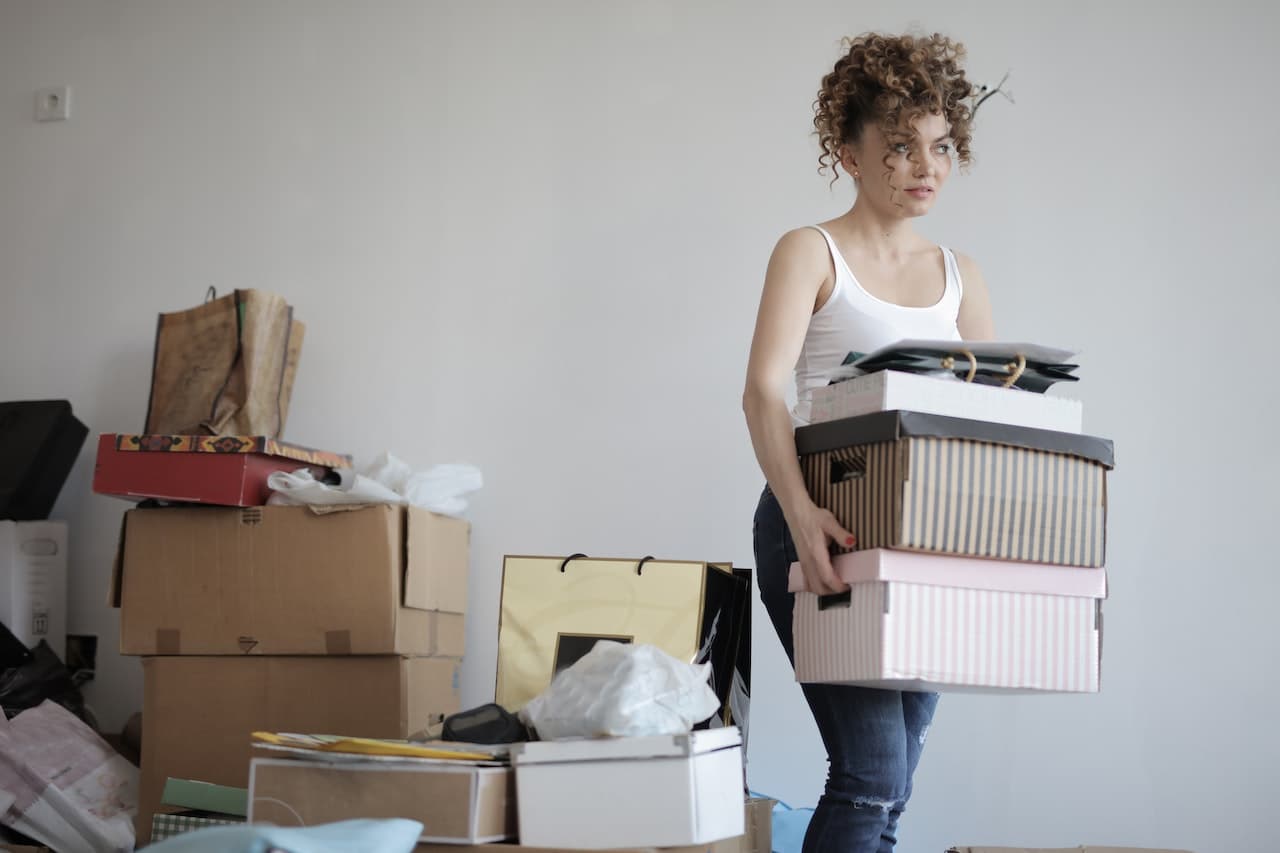


0 thoughts on “How Do You Declutter Your House”